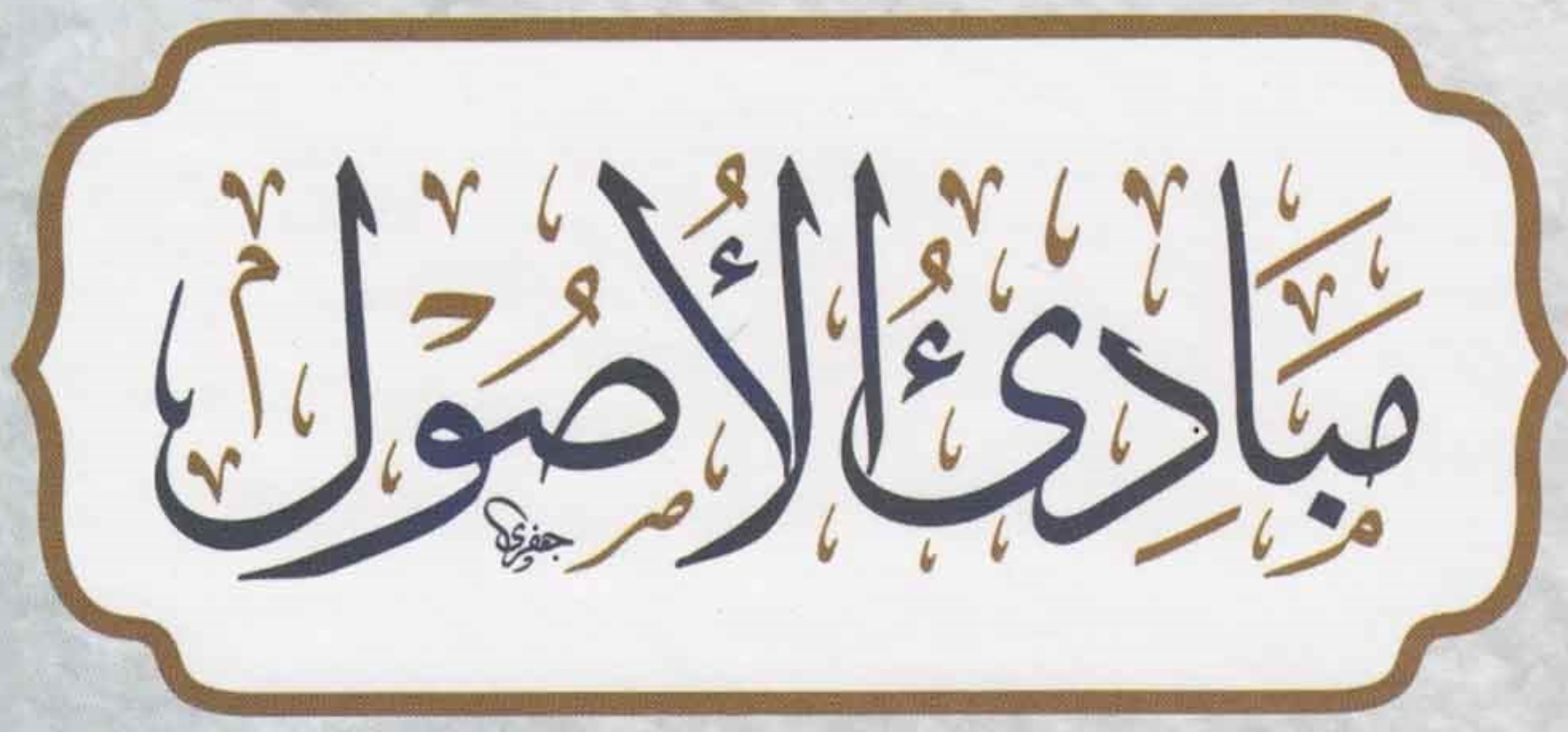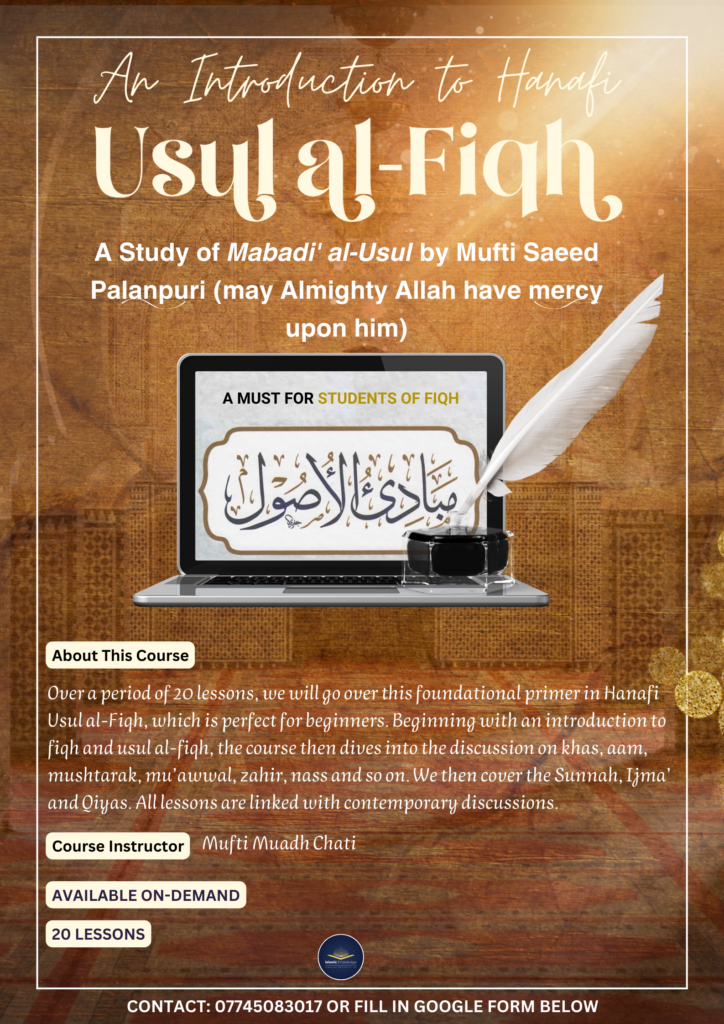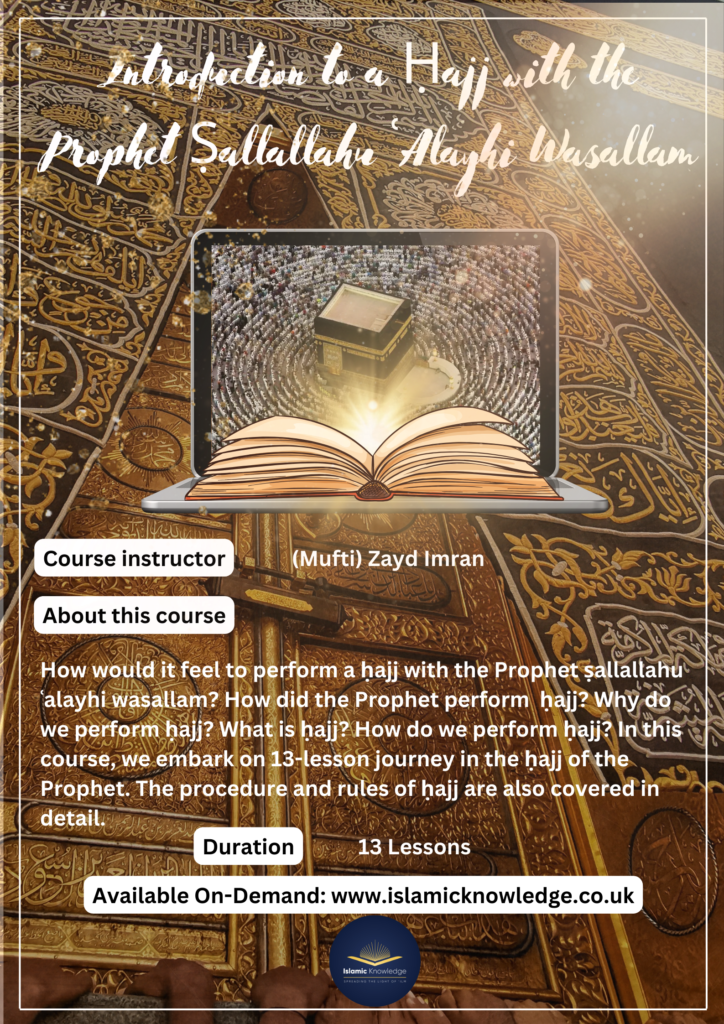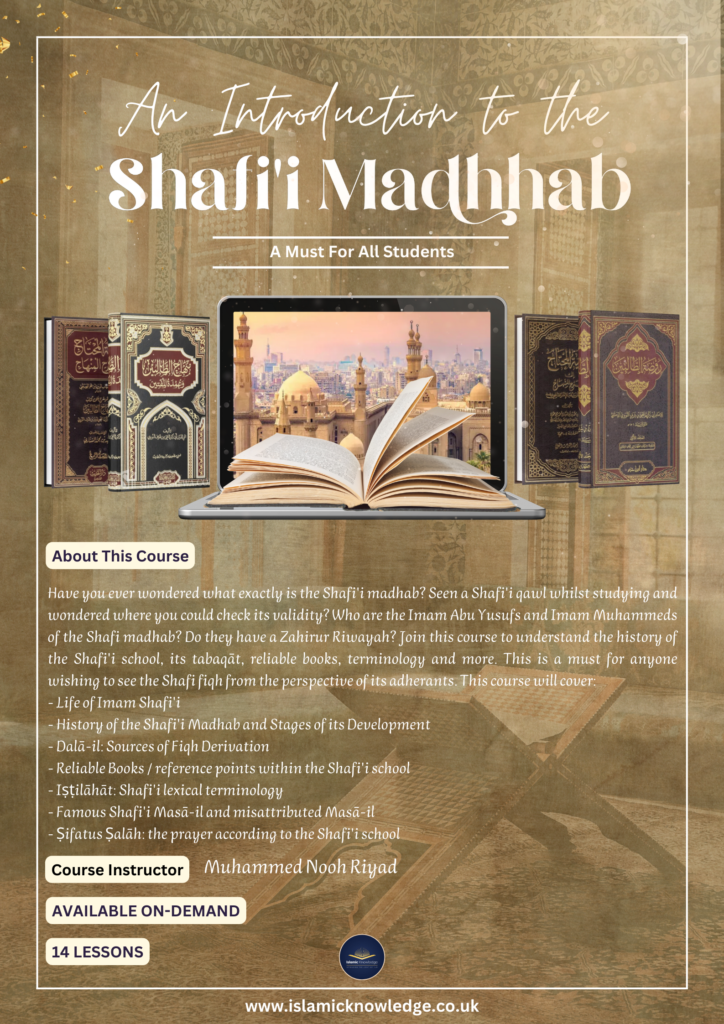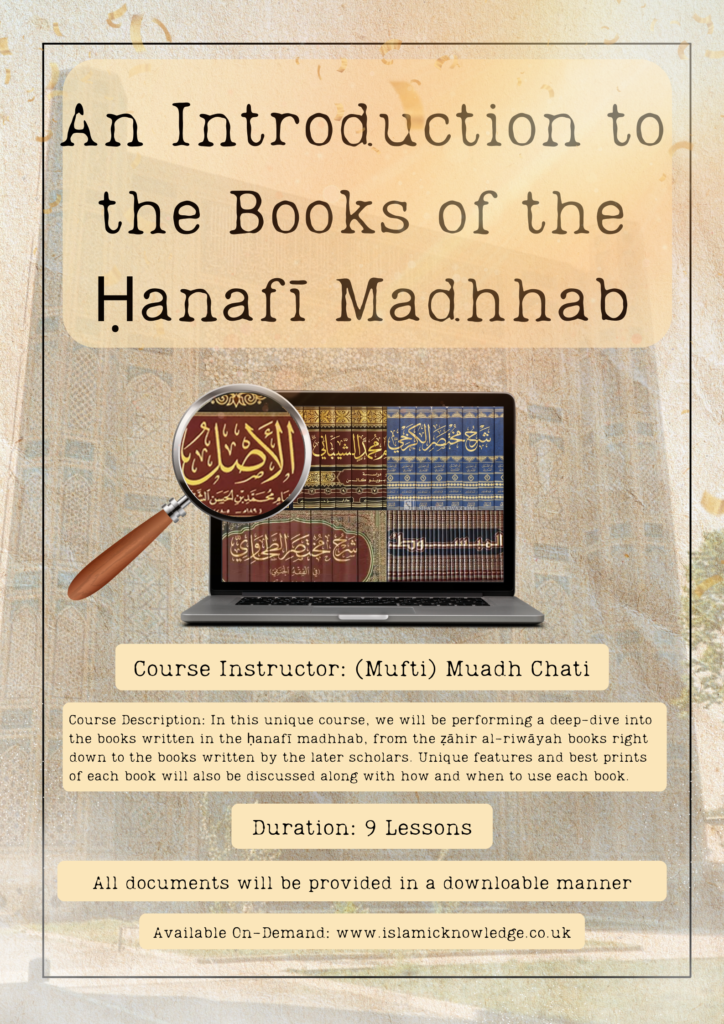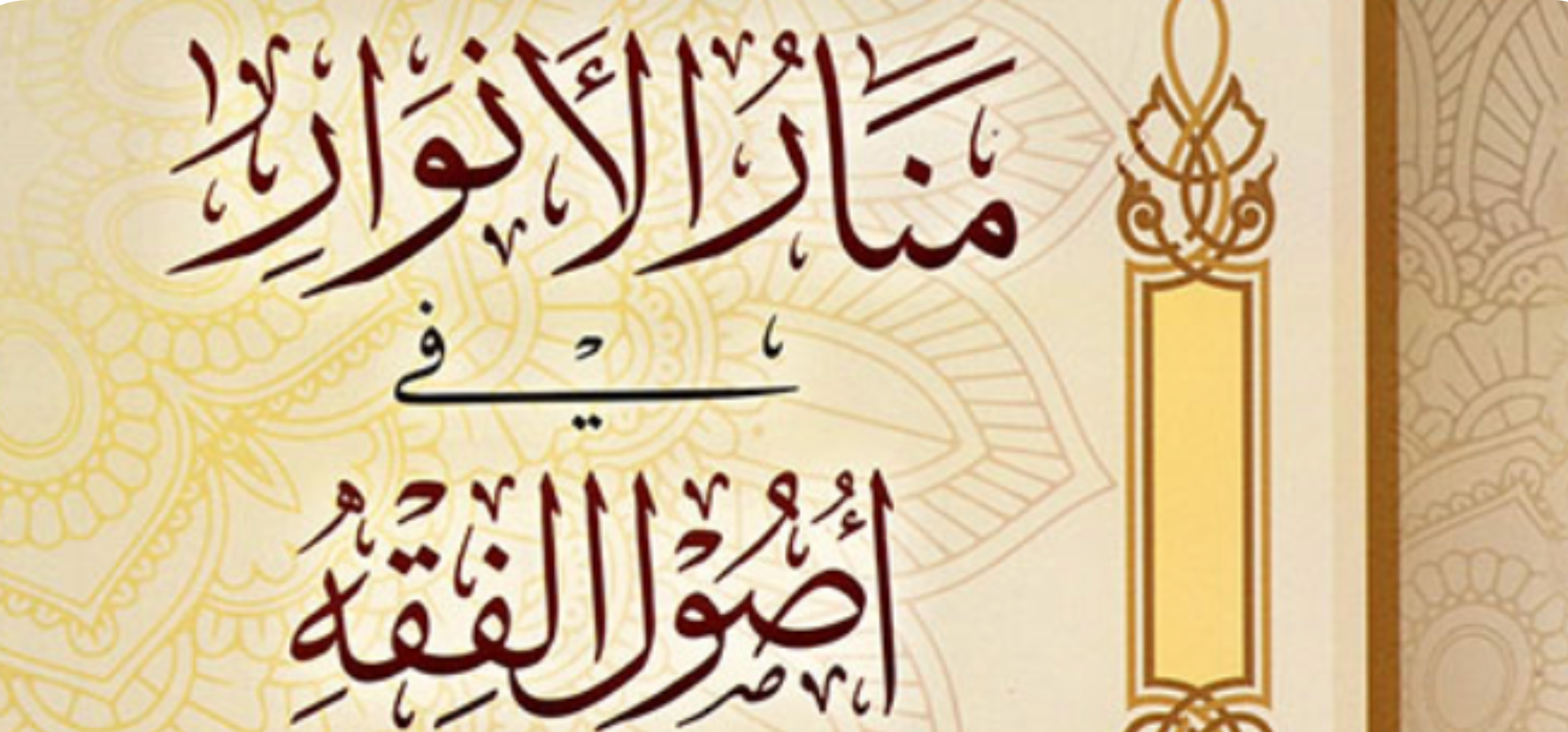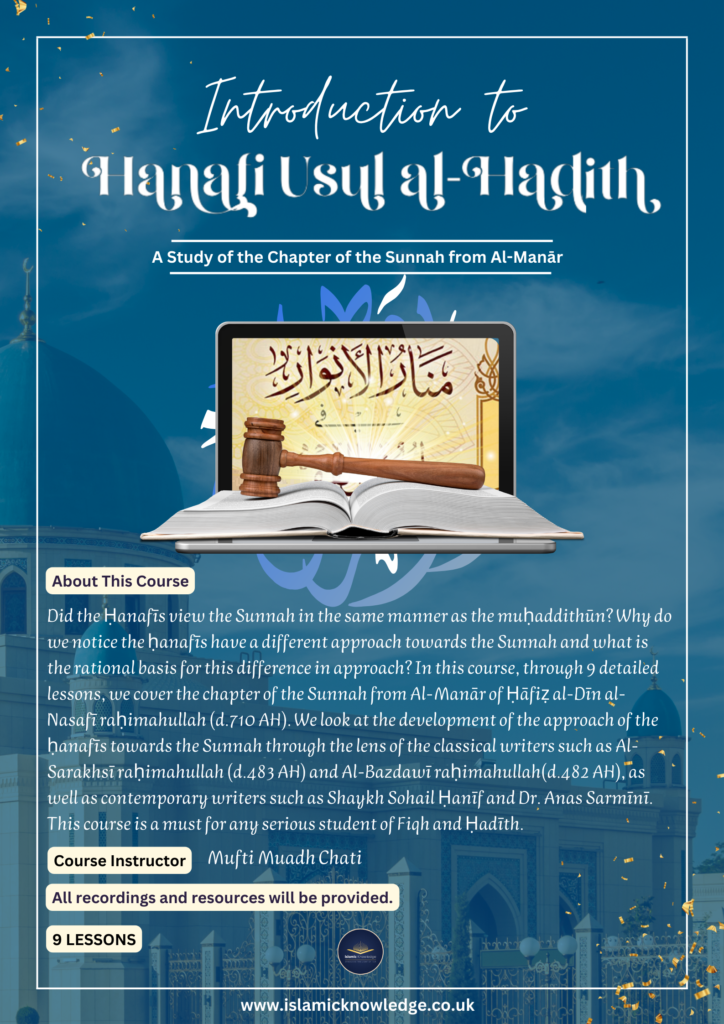Sharḥ al-Aqṭaʿ by Abū Naṣr al-Aqṭaʿ (d.474 AH)
As if making space in your library for the recently printed Sharḥ Mukhtaṣar al-Karkhī, Sharḥ al-Jāmiʿ al-Ṣaghīr li Qāḍī Khān and Sharḥ al-Jāmiʿ al-Ṣaghīr li’l-Sarakhsī wasn’t difficult enough, you now need to make space for this important Ḥanafī work.
Mukhtaṣar al-Qudūrī needs no introduction. Al-Qudūrī passed away in 428 AH and is considered a key figure in the ʿIrāqan Ḥanafī tradition, being a student’s student of Abū Bakar al-Jasṣāṣ al-Rāzī (d.370 AH). His primer is considered the last of the four early primers written in the Ḥanafī Madhhab (the others being Mukhtaṣar al-Ṭaḥāwī, Mukhtaṣar al-Karkhī and Al-Kāfī of Ḥākim al-Shahīd). The book is such a celebrated book that it is at times referred to in the Ḥanafī Madhhab with the general term Al-Kitāb (‘the book’) or Al-Mukhtaṣar al-Mubārak (‘the blessed primer’). In fact, the primer was such that much like Ṣaḥīḥ al-Bukhārī, the scholars would read it in times of calamity and the calamity would soon be lifted.
Al-ʿAynī states regarding Mukhtaṣar al-Qudūrī in his Al-Bināyah, 5:127:
سمعت من بعض الأساتذة الكبار يقول أنّ القدوري رحمه الله لمّا فرغ من تصنيف مختصره المنسوب إليه حجَّ وأخذ المختصر معه ولمّا فرغ من طوافه سأل الله سبحانه أن يوفقه على خطأ فيه أو سهو منه وقع عن قلم ثم إنه فتح المختصر وتصفحه ورقة ورقة إلى آخره فوجد فيه خمسة مواضع أو ستة مواضع ممحوة
I heard some elderly teachers say that when Al-Qudūrī, may Allah have mercy upon him, completed writing his primer that is attributed to him, he performed Ḥajj and took the primer with him. When he completed his ṭawāf, he supplicated to Allah the Almighty that he guides him to any mistakes within it or any wrongs within it that his pen has made. He then opened his primer and went through it, page by page, until its end, and he found five or six places that had been rubbed out.
Perhaps the greatest indirect commentary written upon Mukhtaṣar al-Qudūrī is that of Abū Bakar al-Marghīnānī (d.593 AH), titled Al-Hidāyah. However, other commentaries were also written. The first commentary to have ever been written on Mukhtaṣar al-Qudūrī was by the Baghdadī scholar Abū Naṣr Aḥmad ibn Muḥammad al-Aqṭaʿ (d.474 AH), a student of Al-Qudūrī himself. This explains the importance behind this book as a student understands his teacher’s book better than anyone else, it also sheds light on perhaps the most accurate version of Al-Qudūrī’s text.
He was called Al-Aqṭaʿ due to his left hand being cut during the wars between the Muslims and Tatars. Although he was born in Baghdad, he left Baghdad in 430 AH and settled in Rāmahurmuz, teaching there until his demise in 474 AH. He wrote two commentaries upon Mukhtaṣar al-Qudūrī, a smaller commentary and a larger commentary. The larger commentary has been regularly quoted in the books of the Ḥanafī fuqahā, such as Tabyīn al-Ḥaqā’iq (30 times), Al-Bināyah (67 times), Fatḥ al-Qadīr (9 times) and Al-Baḥr al-Rā’iq (8 times).
The book contains a few additions that he acquired directly from his teacher Al-Qudūrī that are not found in the prints of Mukhtaṣar al-Qudūrī. Along with this, the book presents the opinions of the A’immah of the Ḥanafī madhhab giving preference to the view that he prefers, he also regularly presents the opinions Shāfiʿī madhhab and, at times, the Mālikī madhhab, followed by the evidence of each madhhab. At times, he mentions the opinions of the ṣaḥābah and tābiʿūn on a specific mas’alah. The book contains many principles of fiqh and legal meanings. Furthermore, in each chapter, the author discusses many extra masā’il that are connected to that chapter. In a recent facebook post, Dr. Muhammad Shaheen states that the evidence (dalā’il) found in the book have been summarized from the evidence that Al-Qudūrī has presented in his Sharḥ Mukhtaṣar al-Karkhī who in turn has summarised the evidence from Al-Jasṣāṣ’Sharḥ Mukhtaṣar al-Ṭaḥāwī. I have not researched this claim.
The work took approximately 5 years to complete and was carried out a by a team of researchers under the supervision of Muḥammad al-Darweish. They used 12 manuscripts of the commentary. The entire first volume is simply Mukhtaṣar al-Qudūrī, a questionable practice as the book could have had one less volume if this had been avoided. The text of Mukhtaṣar al-Qudūrī is separated with a black box around it with the commentary straight after it. The unique feature of this print is that Qāsim ibn Quṭlūbugāh (d.879 AH) wrote an explanation, titled Taqrīb al-Gharīb, on some of the difficult words found in the aḥādīth mentioned in this commentary, this print incorporates this book in the footnotes. Printed in 7 beautiful volumes by Dār al-Minhāj al-Qawīm, this book is a highly beneficial read for any teacher who teaches Mukhtaṣar al-Qudūrī as well as anyone who is serious in his studies of the Ḥanafī madhhab.
